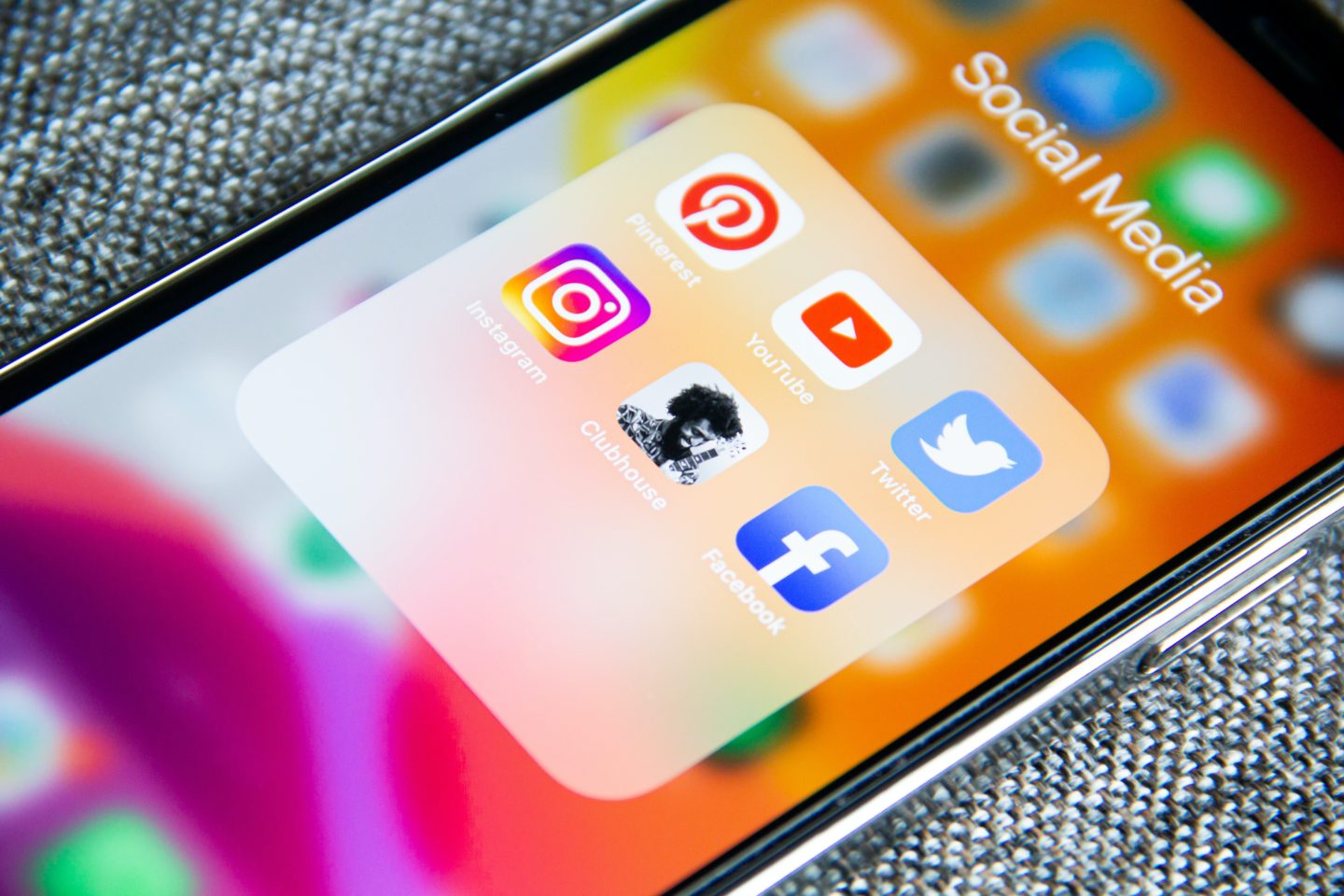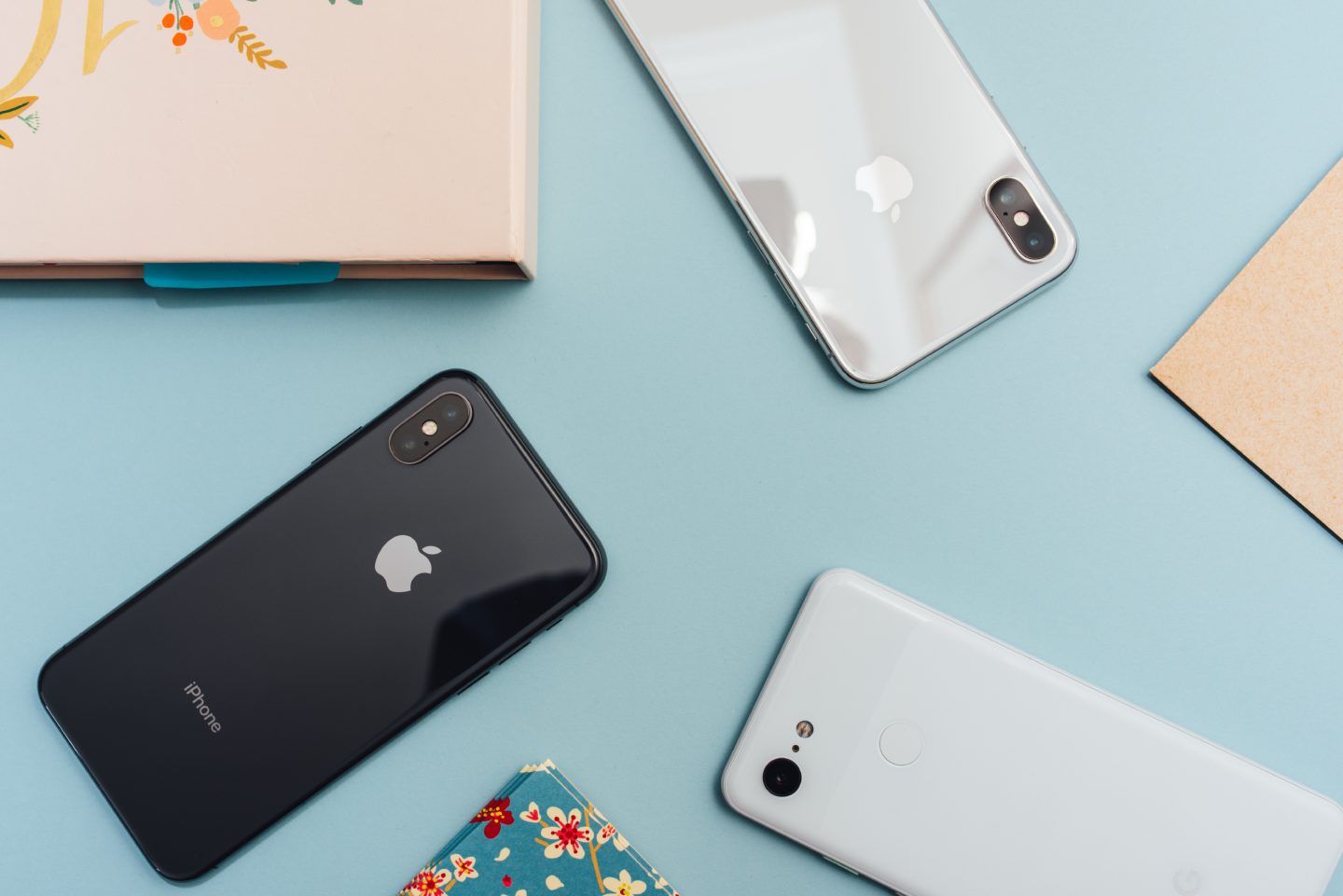Thinking back on my childhood I feel so grateful for the imaginative play and time spent outdoors. There was very little pull from technology, aside from the occasional movie. We did not have the ability to consume technology like we do now.
Technology is amazing and beneficial in many ways, and it can also be toxic and addictive. Technology can help us connect. It also makes us distracted and too accessible. Technology can make it feel as though work never ends. The excessive use of technology and devices can lead to physical, social, and psychological problems. While it might not be realistic to get rid of technology entirely, it is possible to take breaks and do a digital detox from time to time.
A digital detox is when you refrain from using technology and devices (social media, email, text messaging, video games smartphones/tablets, TV) for a certain amount of time. It could be a few days, a week, or longer. Taking a digital detox can provide plenty of benefits for your overall well-being. According to the Cleveland Clinic, taking a digital detox can lower stress levels, enjoy time to yourself, enhance sleep and help to maintain a healthy work-life balance.
When my iPhone shows the daily screen time average my cheeks flush with embarrassment and shame. How can I waste 4 hours of my day staring at a screen? Especially when I have a little one at home and want to be present with him and model healthy habits. According to Earth Web American’s spend an average of 5 ½ hours on their phones each day and check their phones 63 times per day on average.
If you are also looking to make some changes in your own technology consumption, try a few of the tips below to help create healthier tech boundaries and habits.
How to Do a Digital Detox
Set Boundaries & Use Your Phone with Purpose
The average American checks their phone 63 times per day. If we are awake for 16 hours a day that means we are checking our phones about 4 times every hour. How many of these pickups are completely unnecessary and prompted by unhealthy habits? If you watched The Social Dilemma on Netflix you know that phones were specifically designed to make us check them incessantly and we are clearly living up to this goal! Everything from the chimes, vibrations and notifications all contribute to making it feel nearly impossible to avoid that urge to check in.
Start out by assessing what you believe to be an important and acceptable use of your phone. This may be different for everyone. Is it to keep in touch with family and friends through texting and social media? Is it to keep up with emails for work? Try to do away with unnecessary use that is being triggered by that need to always be connected and fear of missing out on something. Each time you pick up your phone try to get into the habit of asking yourself whether this is necessary use. Are you picking it up out of boredom? Are you picking it up because you feel anxious and are looking for something to mask your feelings? This one hits home for me…know you are not alone. The first step is acknowledging so you can make some changes.
Turn off Push Notifications
Push notifications were created to increase consumer usage and reliance on apps. While it can be exciting to receive notifications, this is exactly what also makes it so harmful. Notifications are usually very unnecessary and only cause you to feel the need to constantly be connected, which comes with the responsibility of always being accessible to respond and react. This article explains the effect of push notifications on your brain and this explains how notifications negatively effect your productivity level. Turn off your push notifications for unnecessary apps and you will feel so much more in control of your phone usage.
Put Away Phones During Mealtime
Mealtime is an opportunity to be with family and friends where you can connect with your loved ones and enjoy the food you are eating without distractions. It sounds great in theory, but I have been guilty of looking at my phone during dinner and being so distracted that I completely missed a story my husband was sharing with me. I have also been on the other side of this and it doesn’t feel good to be ignored. Put those phones out of reach and give yourself and your family a break in order to be fully present and enjoy your time together.
Designate Tech-Free Hours
Deciding times when you will not engage with technology is a great way to start setting boundaries. Picking times like mealtime, bedtime, dates with family/friends, work, etc. are all very reasonable ways to maintain a healthy balance with our tech usage. Knowing we will have those breaks and can maintain that distance from technology can also be so beneficial for our productivity and mental health.
Make Your Bedroom a Tech-Free Zone
Restricting technology from the bedroom is something we could all benefit from. Doom scrolling late at night or early in the morning can be so unhealthy for our sleep cycle and mental health. Here’s an article about how blue lights affect our sleep. Set up a charging station in your kitchen or living room and sign off for the night before retreating to bed for a rejuvenating tech-free night’s sleep.
Download Apps to Control Technology Use
Determining where you are in your technology use is an important first step in making a change or beginning a digital detox. The screen time app is a great tool to utilize. Screen Time gives us a daily average of phone usage (hours of use, pickups, notifications) for the week, downtime and the ability to set limits on apps, communication and restrictions. Try setting a daily or weekly goal. Where can you cut down on your usage? Setting time limits on social media apps can also be incredibly helpful to notify us when we have been scrolling for a certain amount of time.
Distract Yourself by Filling Your Time with Other Activities
You may find once you start to create boundaries around technology that you have some newfound time on your hands. This is a great opportunity to spend your time in a really intentional way. What makes you feel truly happy, healthy and rejuvenated? Maybe it’s reading a book, meditating, walking, cooking, baking, knitting, spending time with pets, family and friends. Pick something and fill your time doing the things you love that make you feel recharged and healthy versus the toxicity of technology. Try these 5 apps to limit your screen time.
Ask for Help from Family and Friends
It may feel embarrassing or shameful, but it is okay to ask for help. Whether it’s just an accountability check-in with a friend around technology use to stay on track or a more formal cry for help because you truly cannot stop. Know that these devices were designed to be addictive to us, and can also be so incredibly harmful to our mental health. If you are having trouble asking for help, know it is absolutely the right thing to do. Your loved ones will help you set boundaries and get you the help you need to create a healthier relationship with technology.
Delete Social Media Apps.
I deleted social media apps off of my phone at the beginning of January and it has been one of the best decisions I’ve made this year. I was spending hours scrolling without even consciously making the decision to scroll. My brain would click the apps before I even knew what I was doing. Being home with my baby and nursing means I have more time on my hands and pulling out and checking my phone incessantly has become a problem. Just simply deleting these most frequently visited apps has taken away the temptation and opportunity to constantly check and refresh.
Keep a Journal to Track Your Progress
If you are a little more introverted and intrinsically motivated, you can hold yourself accountable through a journal. Tracking the beginning of your detox or new tech boundaries will be helpful to stay consistent and diligent with it. It would also be interesting to track your mood and progress. You could start slow with small steps and add as you go. Some prompts you could use in your tech journal could include: a daily rating 1-10, what limits/boundaries you are following, how it’s going, how are you feeling, what temptations you have had to use technology, how are you spending your free time.
Jess (along with many of you) took a digital detox over the holidays and found it to be rejuvenating and clarifying. She walked away with so many new insights and ideas. We are all trying to navigate this, and it is not easy in a world that relies so heavily on technology. If you’re interested in doing some reading here are two book recommendations:
Digital Minimalism by Cal Newport
Stolen Focus by Johan Harri
Have you done a digital detox? How did it make you feel? Are you interested in doing one as part of a group? We’ve love to explore something like this. Let us know in the comments.
Disclosure: if you buy something through the links on this blog, we may earn an affiliate commission. We only feature products we would personally recommend. Thank you for your support.





